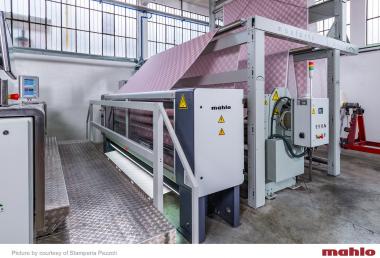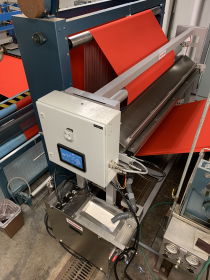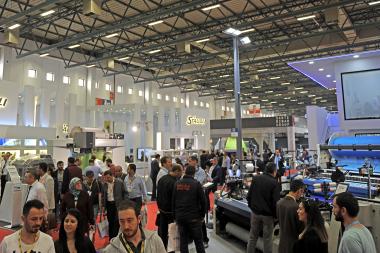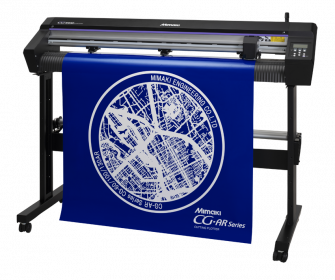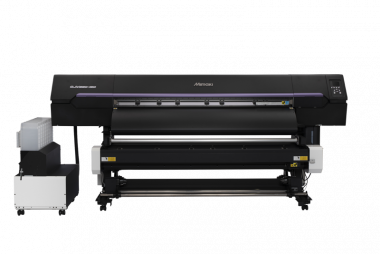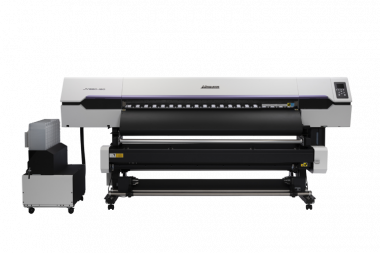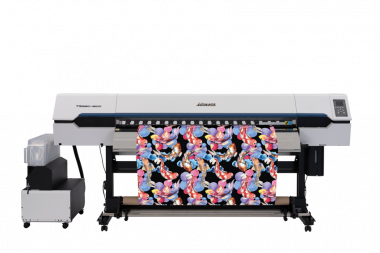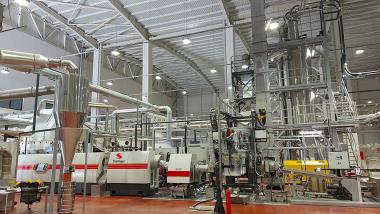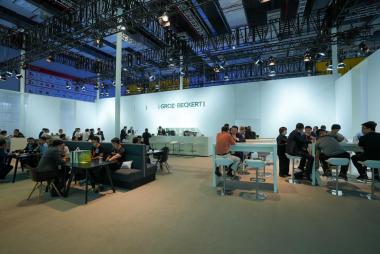Mahlo at Indo Intertex 2022
- Focus on straightening technology and process control
At Indo Intertex, held from 10 to 13 August in Jakarta, visitors get to see the Mahlo-way for process control in textile production. The German machine manufacturer and its partner agency Agansa Primatama will be available to show everyone its leading straightening technology as well as energy saving concepts around the stenter frames. INDO INTERTEX is South East Asia’s largest trade show on the textile and garment industries, bringing together leaders to experience world-class manufacture, technology and solutions.
Indonesia is one of the ten biggest textile producers in the world. Especially the USA, the European Union and Japan import a majority of their requirements from the Southeast Asian Island state. In order to fulfill the increasing demands and the call for high quality goods, producers invest in machinery, equipment and technology.
At IndoIntertex, Mahlo informs about its straightening machine Orthopac RVMC-15, among other. Based on experience reaching back to over 75 years, the machine offers the latest technology for correcting distortions. The modular straightening and process control system ensures a straight-thread product before and after the drying or fixing process and optimises the processes all around the stenter. This increases quality and saves resources and energy. The process control system Optipac VMC-15 measures and controls critical parameters such as dwell time, thread density or residual moisture.
Mahlo GmbH + Co. KG


